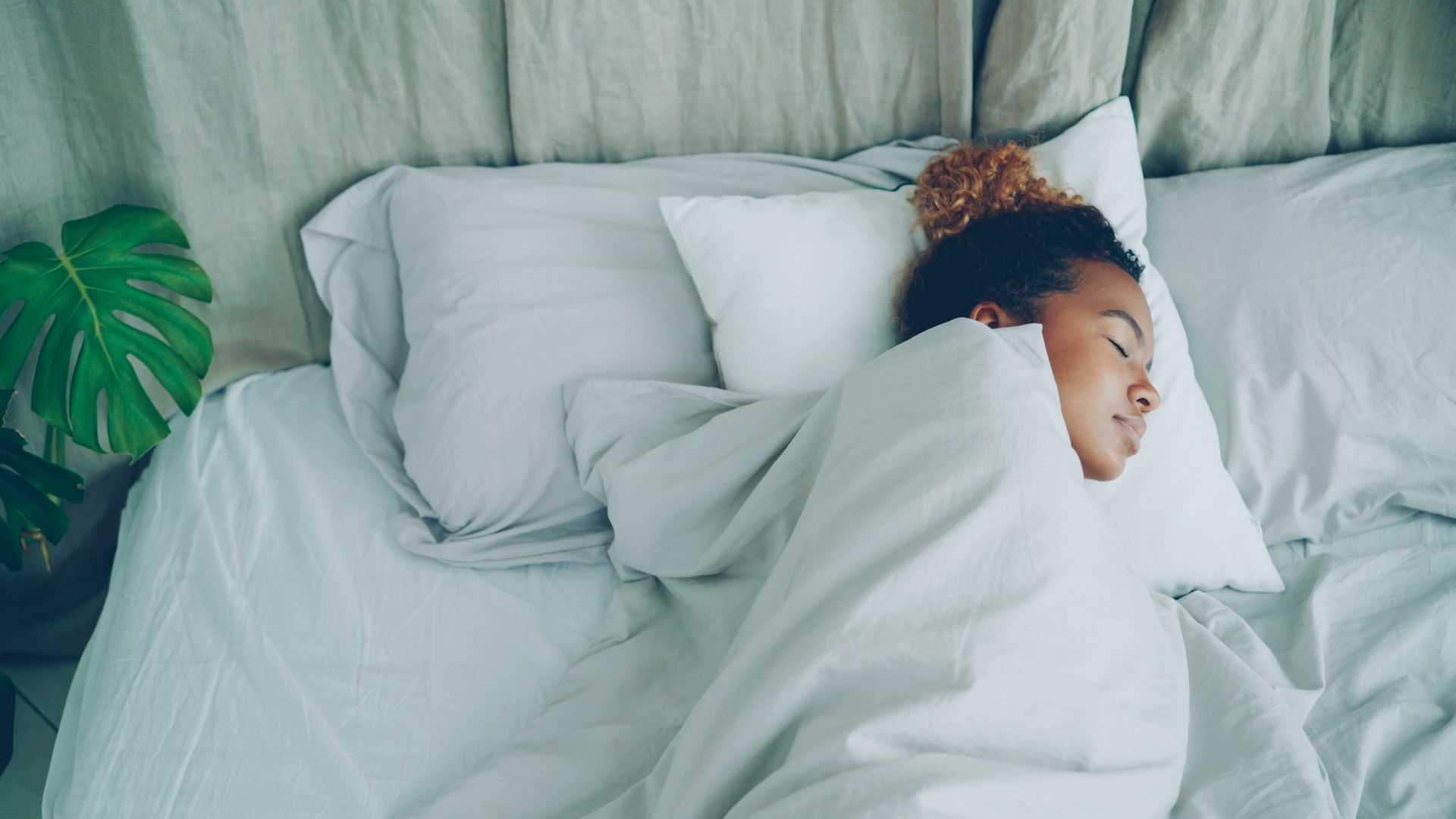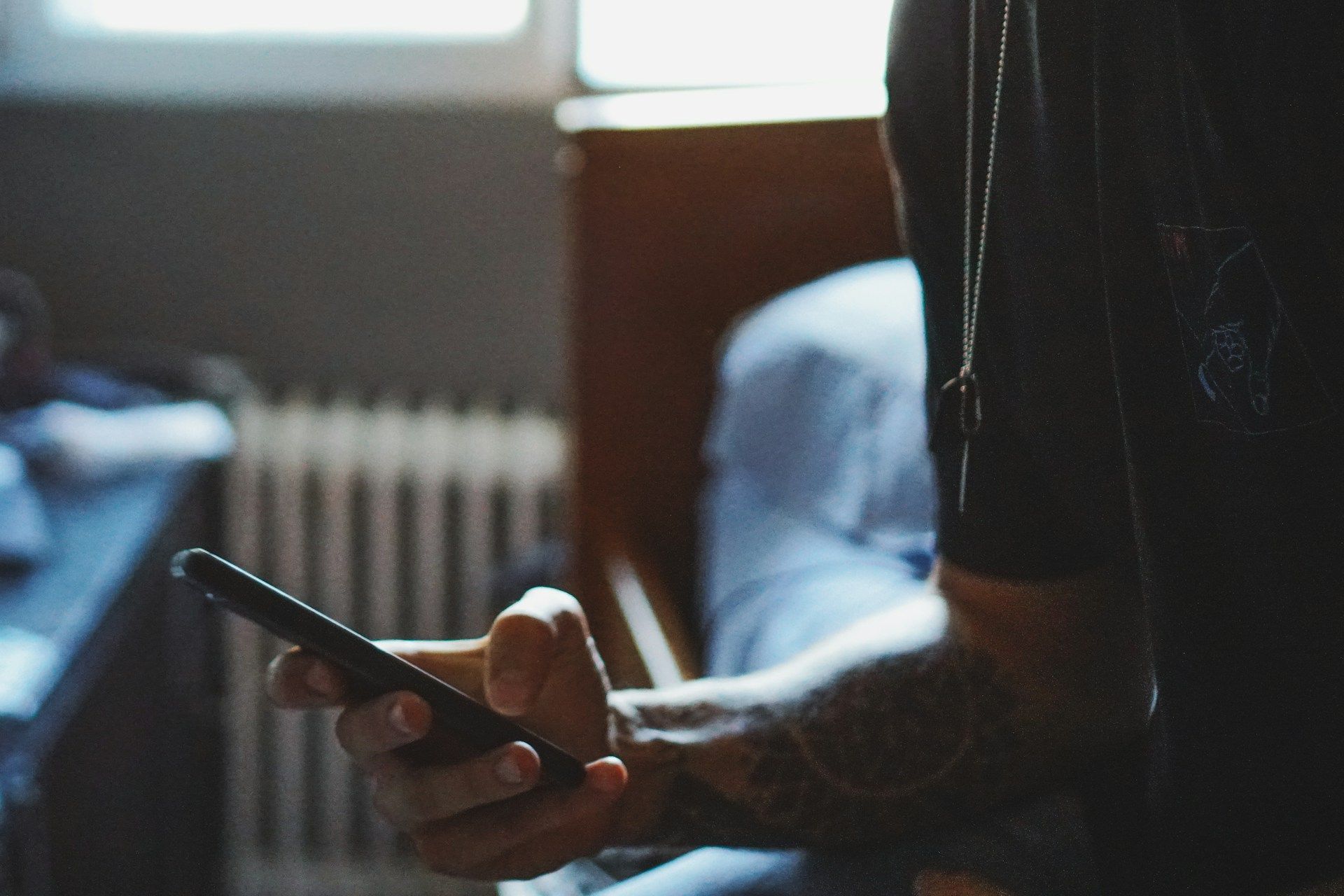How To Sleep With Arthritis Knee Pain

Living with fibromyalgia can be exhausting, especially when hip pain keeps you tossing and turning all night while everyone else sleeps.
If you’re searching for how to relieve hip pain and fibromyalgia or looking for fibromyalgia hip pain relief, you’re not alone. Many people with fibromyalgia experience aching hips and restless nights.
Thankfully, there are practical ways to ease the pain and finally get the sleep your body craves, and we’ve explained them all below.
How To Relieve Hip Pain and Fibromyalgia
Here are some ways to relieve fibromyalgia hip pain.
1. Understand the Link Between Fibromyalgia and Hip Pain
First off, it’s best to understand the fibromyalgia hip pain causes.
Hip pain is often mistaken for muscle soreness, but in fibromyalgia it often stems from central sensitisation, in which the nervous system amplifies pain signals (Mezhov, Guymer and Littlejohn, 2021). This heightened sensitivity makes even light pressure feel sharp and exhausting.
The hip region, including the pelvic bones, tops of the femurs, and surrounding muscles like the glutes and hamstrings, bears the brunt of this amplified pain.
2. Choose Supportive Sleeping Positions
How you sleep can dramatically affect the hip pain and fibromyalgia connection.
Side sleeping and back sleeping are usually advised as fibromyalgia sleeping positions, but only with proper sleep posture. Without side sleepers often feel pressure directly on the hips, while back sleepers may strain their lower back.
Finding a position that keeps your spine, pelvis, and hips in alignment is crucial, and sleep aids can help.
3. Use a Supportive Pillow
A supportive pillow can make all the difference, and the best pillow for fibromyalgia is one that supports you and takes pressure off your hips.
The new Groove® Adjustable 3-in-1 Combination Pillow is designed to relieve hip, knee, and lower back pain while promoting proper alignment!
It keeps your body in a healthy position, without taking away any comfort. Its fully adjustable memory foam cushions the body in the exact spot it needs support, whether you sleep on your side or back.
You must simply place the pillow between your knees or under your ankles to reduce pressure and keep your spine neutral. Then it’s time for some deep sleep!
Natalie, a Groove Pillow user, shared how this pillow changed her nights: she went from waking repeatedly with hip pain to sleeping through the night with ease. Watch her story here.
4. Gentle Stretching and Movement
You might not fancy exercise, but even mild movement can make a big difference.
Simple stretches targeting the hips, glutes, and hamstrings improve flexibility and ease stiffness. Light walking and yoga are also advised for chronic hip pain and fibromyalgia.

5. Create a Calming Sleep Environment
Sleep quality has a huge impact on fibromyalgia symptoms.
So, if you want to know how to reduce fibromyalgia pain at night, make your bedroom a soothing sanctuary:
- Keep it cool, dark, and quiet
- Stick to a consistent bedtime routine
- Limit screen time before bed
- Use memory foam pillows
6. Use Heat and Cold Therapy
Heat relaxes tight muscles, while cold reduces inflammation.
Applying a warm compress to sore hips or alternating with a cold pack can provide noticeable relief before bedtime. Even 15–20 minutes of therapy can make a difference to fibromyalgia and hip tenderness.
7. Manage Underlying Triggers
Fibromyalgia pain can be constant, or it can flare up when exposed to triggers.
Common triggers include stress, poor posture, inflammatory diets, injury, infections, or emotional trauma.
If you can identify the trigger, you can reduce the probability of future flare-ups. However, some medical guidance states that there isn’t always an obvious trigger (NHS Choices, 2019).
Best Sleeping Position for Fibromyalgia Hip Pain
The fibromyalgia sleeping positions depend on what’s most comfortable for you. Still, most people find that side sleeping with a memory foam pillow between the knees provides the best alignment for the hips and spine.
The Groove Combination Knee Pillow is perfect for this, offering customisable support to relieve pressure and improve comfort all night long.
Shop Groove Knee Pillow
Fibromyalgia Hip Pain FAQs
Why Does Fibromyalgia Cause Hip Pain?
Yes, fibromyaldia causes central sensitization, which makes nerves overreact, amplifying pain in the hip region.
What’s the Best Sleeping Position for Fibromyalgia Hip Pain?
Side sleeping with a supportive pillow between the knees is ideal, but you can also try back sleeping. To ease discomfort and improve rest, learning how to relieve fibromyalgia muscle pain through proper sleeping posture is essential.
Does Stretching Help Relieve Fibromyalgia Pain at Night?
Yes, gentle stretching can reduce tension and improve flexibility, it can also help with hip bursitis fibromyalgia.
Can Pillows Help With Fibromyalgia Hip Pain?
Absolutely. You can use standard pillows or specialsied options, like the The Groove® Combination Pillow for targeted support for spine and hip alignment.
Why Does My Hip Pain Get Worse When I Lie on My Side?
Hip pain can worsen when lying on your side because the weight of your body presses directly on the hip joint and surrounding muscles, increasing strain and discomfort.
Final Thoughts
Hopefully, these strategies will prevent fibromyalgia hip pain from stealing another night of sleep.
Ensure comfort and rest today, with the Groove® Adjustable 3-in-1 Combination Knee Pillow. Try it risk-free with a 100-night trial!
See the Combination Pillow here.
Shop Groove Knee Pillow
References
- Mezhov, V., Guymer, E. and Littlejohn, G. (2021). Central Sensitivity and Fibromyalgia. Internal Medicine Journal, 51(12). doi:https://doi.org/10.1111/imj.15430.
- NHS Choices (2019). Causes - Fibromyalgia. [online] NHS. Available at: https://www.nhs.uk/conditions/fibromyalgia/causes/.

